When you look at the Paradox Pokémon from a macro scale—that is, comparing them to every other Pokémon available, all of them seem really strong. They have base stat totals akin to Legendaries, so of course they’re powerful.
That being said, when you look at them relative to other Paradox Pokémon, you can tell that some of these ancient and futuristic beasts can’t keep up with the rest of their counterparts.
With Series Two VGC right around the corner in Pokémon Scarlet and Violet’s ranked battles, we want to make sure you don’t get your hopes up about certain Paradox ‘mons you think are cool because they will most likely disappoint you in competitive play.
Here are the seven most underwhelming Paradox Pokémon to use in Series Two VGC.
Seven underwhelming Paradox Pokémon in Series Two VGC
7) Iron Treads

We’re sure we can all agree that the first reveal of Iron Treads in the trailers got us irked. The concept and design were solid until we got to its digital face, which looks pretty out of place for the most part.
But even then, competitively, Iron Treads is probably the best of the worst Paradox Pokémon, which is why it’s this low on the list. Unlike its past Paradox counterpart, Iron Treads actually has a great Speed stat along with respectable physical bulk.
What makes this Pokémon just short of being good relative to the better ‘mons in its category is its average Attack stat. Iron Treads has great coverage too, but when it’s paired with its lackluster offensive, it just struggles to pick up one-hit knockouts, especially if it’s not running a damage-boosting item.
And Iron Treads’ bad Special Defense makes you want to run an Assault Vest to patch it up, which gives you more reasons to forgo the option of an item like Life Orb or Choice Band.
It’s a real shame because Iron Treads has a good defensive typing too, its secondary Steel-typing makes it especially good into Flutter Mane, which is one of the top threats in the Series Two meta. A real travesty.
6) Iron Moth
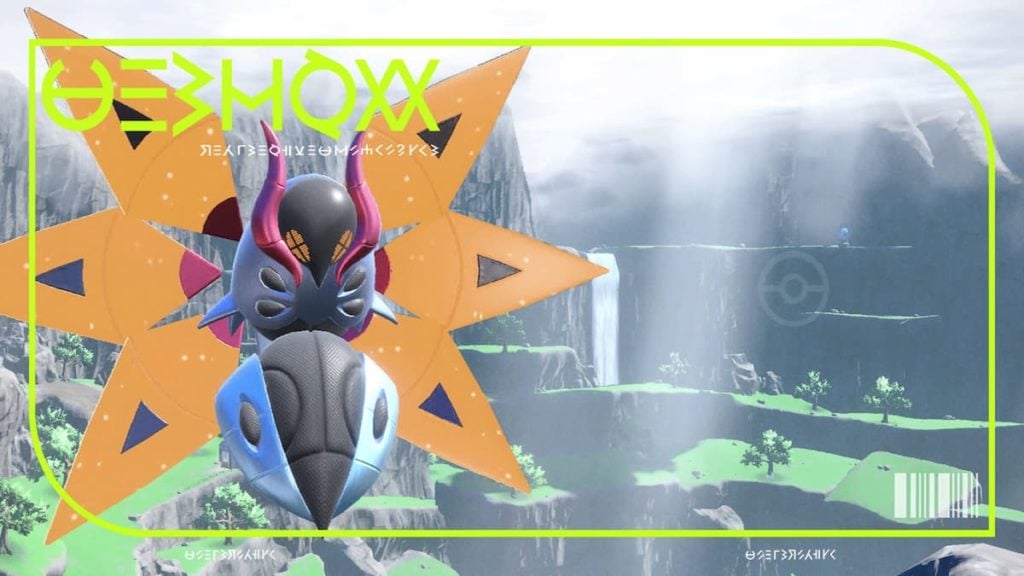
When it comes to the coolness factor of a Pokémon, Iron Moth takes the cake; but sadly, that isn’t enough for making this alien from the future a threat in competitive play.
While it may not be a top-tier threat, Iron Moth is another Paradox ‘mon that may just be able to fit onto some teams and do well—it will just need a lot of support from its partners.
With a monstrous Special Attack stat and a great Speed stat, future Volcarona can definitely pick up some KO’s if you’re not being careful.
That being said, Iron Moth lost a lot of moves that make Volcarona great, a few of them being Quiver Dance, Rage Powder, and Tailwind. To rub salt in the wound, this thing doesn’t even get Sludge Bomb despite being a Poison type now and has to deal with Sludge Wave being its strongest Poison-type move, which has the downside of hitting its partners too.
Its typing also gives it a few unwanted weaknesses, with Ground being a four-times weakness. Due to its horrid Defensive bulk, Iron Moth will also probably just drop to a strong neutral hit, which is, well, not ideal.
5) Iron Valiant
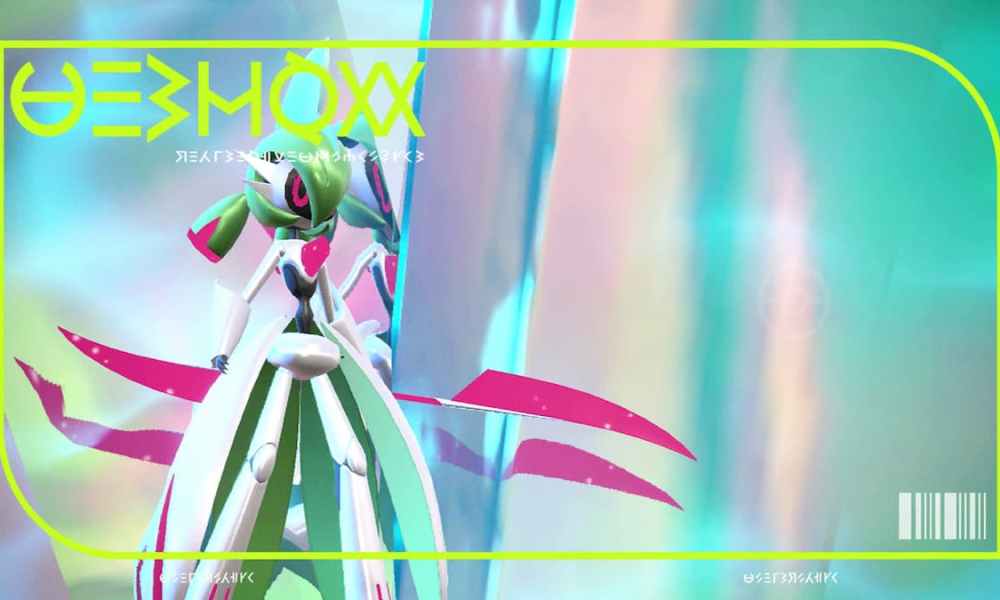
We’ll be the first to admit that Iron Valiant is pretty darn cool. It’s an amalgam of Gardevoir and Gallade reincarnated into this futuristic killing machine, so who wouldn’t wanna get this thing on their team, right? In a casual playthrough of the games, sure, but in a competitive setting, it’s unfortunate to say that Iron Valiant lags behind a lot of the other amazing Paradox Pokémon.
First off, it’s pretty apparent that Iron Valiant hits fast and hits hard, but not only is it strong on the physically offensive side, but it also has a great Special Attack stat, making it an ideal choice for a mixed attacker.
The problem with this is that since so many stats have been allocated in both its offensive stats, Iron Valiant’s bulk is pretty lacking, making it drop to any super-effective hit, or even a strong neutral hit.
There are faster, stronger Paradox ‘mons that can do just what Iron Valiant does, and the small niche that it has as a mixed attacker is not worth all the downsides that come with running this Pokémon.
Want a fast Paradox ‘mon that has varied Speed control options like Trick Room and Icy Wind along with an offensive presence? Run Flutter Mane. Still want strong Fighting-type coverage? Just run a different Fighting-type ‘mon; Iron Hands is brilliant for that, and both of these ‘mons are some of the best Paradox Pokémon running around in Series Two VGC, something we wish we could say for Iron Valiant.
4) Slither Wing
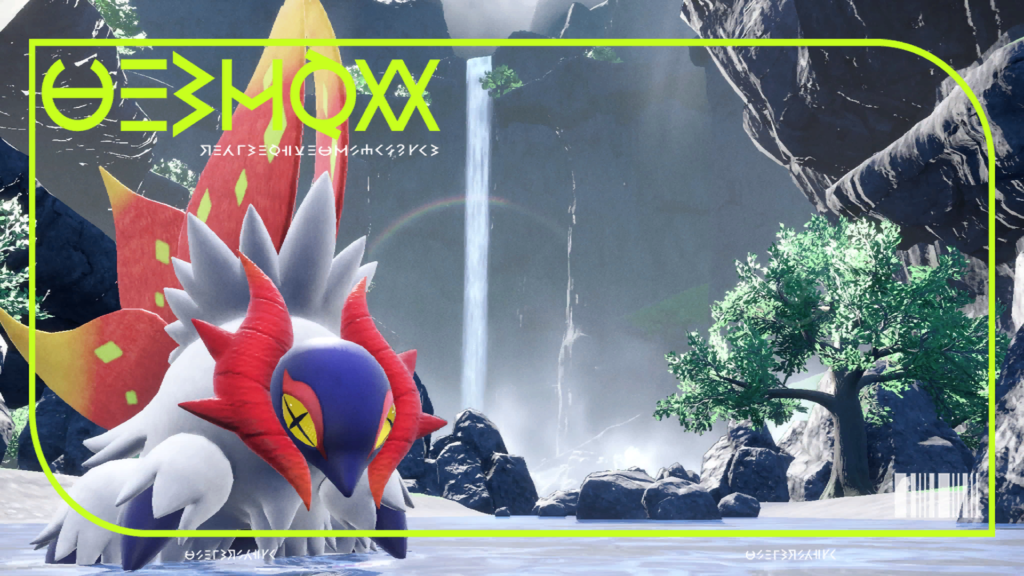
Volcarona has always been a favorite among Pokémon fans since its inception, and both of its Paradox forms have been received well. Slither Wing is especially awesome courtesy its wild, prehistoric design, but there are some key elements of how this Pokémon is built in terms of competitive battling that leave a lot to desire.
Yes, Slither Wing does have a great Attack stat, but the good parts kinda stop there. Its bulk is pretty mediocre, especially on the Defense and HP side of things, while its Speed is in this awkward middle ground where it doesn’t fully take advantage of Tailwind Neither can its power be abused under Trick Room.
Then comes its poor dual-typing. Offensively, Bug and Fighting both hit Flying and Fairy types for resisted damage. Defensively, this type combination is weak to four different types, with Flying being a four-times weakness. In conjunction with its average bulk, this isn’t a great look for Slither Wing.
If this past Paradox form of Volcarona had slightly more Speed, or even a much lower Speed so that it could work better in Trick Room while gaining increased bulk, it could’ve been a top-tier threat in the Series Two meta.
It’s really unfortunate how Volcarona received two Paradox forms and both of them turned out to be just about average, especially when Volcarona itself is such a brilliant Pokémon for competitive play.
3) Iron Jugulis
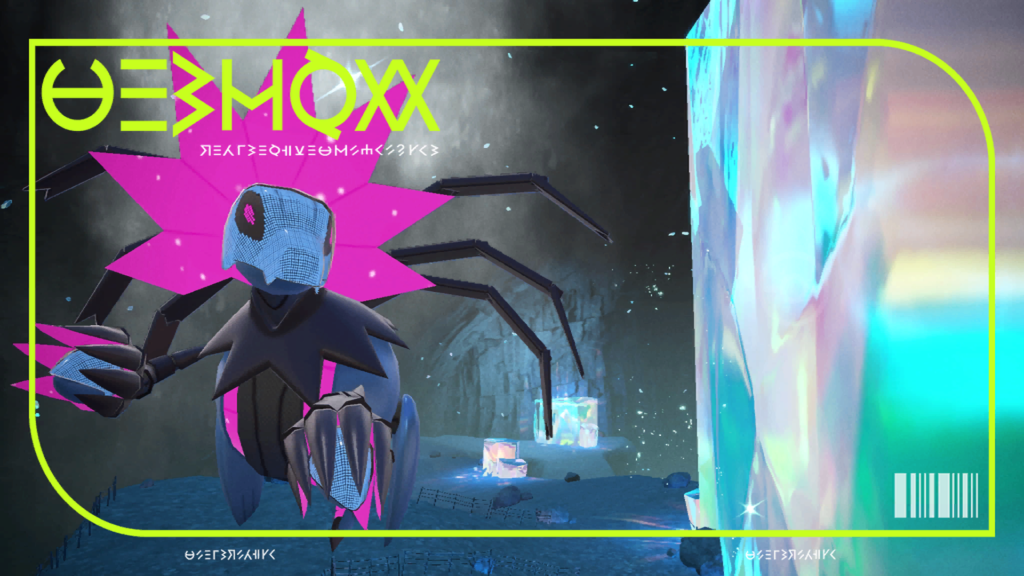
When Galarian Moltres was released in Pokémon Sword and Shield’s DLC, we called it Yveltal-at-home. Iron Jugulis has been released now, and it is arguably Galarian Moltres-at-home. This is quite insulting to this Legendary-class Pokémon if you think about it.
First of all, Iron Jugulis has the same typing as Murkrow but doesn’t even get Prankster-Tailwind. It does get normal Tailwind, however, but that isn’t nearly as valuable.
Its bulk is just average, which means a decently strong super-effective hit should be able to take it out in a single hit. Iron Jugulis’ dual-typing is also just mediocre defensively, which doesn’t help its survivability any further. And guess what, its typing offensively is also mediocre. It’s just a mediocre Pokémon all around.
Where Iron Jugulis does shine a little is in its Speed and Special Attack stats, the former being above average and the latter being, well, good. Furthermore, it gets a wide coverage of moves, which lets it take on normally weak matchups much better. You may miss out on the OHKOs just slightly, but such is the nature of a mediocre Paradox Pokémon like Iron Jugulis.
2) Sandy Shocks
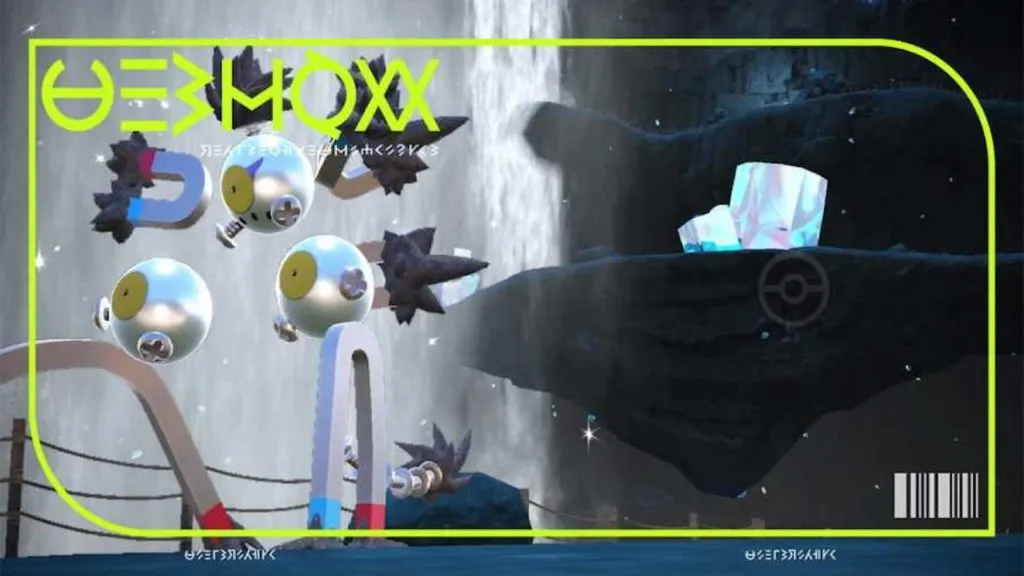
A prehistoric Pokémon that has elements like screws and magnets, which were created in modern times. Hmm. Something’s a little off here.
Its concept isn’t the only thing that seems off, however, as Sandy Shocks is a little underwhelming in competitive play as well. It has a very well-balanced stat spread, but it really doesn’t do anything too well in particular. It’s just above average—at best—all around.
Sandy Shocks does not get good coverage either. Offensively, Electric and Ground are okay, but neither of the types hit some common types for even neutral damage, such as Grass. Defensively, Ground and Electric don’t cover any of the other types’ weaknesses, making it a non-ideal dual typing.
To hit the final nail in the coffin, Sandy Shocks has really bad coverage, and the little coverage it does get doesn’t help it too well with the types it struggles to hit for good damage.
1) Iron Thorns

It’s sad to say that one of the coolest-looking future Paradox forms is probably the worst one of them all as well.
Iron Thorns has a lower base stat total than its ancestor—Tyranitar—which is already one red flag about it. Secondly, Iron Thorns and Tyranitar both have one four-times weakness each, but Iron Thorns is still worse defensively because of how strong and common the Ground type is, which is also its four-times weakness.
Sticking to the theme of comparing it to Tyranitar, Iron Thorns also loses out on one big component that its ancestor gets: a Special Defense boost from Sandstream.
Tyranitar sets up the Sandstorm weather condition through its ability Sandstream, and Iron Thorns does not get that same liberty, which denies it a Special Defense boost, unlike its ancestor. This makes Iron Thorns’ survivability much less and makes you question why you would want to run this thing over Tyranitar.
While Iron Thorns does get good coverage, so does Tyranitar, which makes running this Pokémon incredibly niche. We’d be surprised if this mecha Godzilla thing gets decent results at a tournament anytime soon.


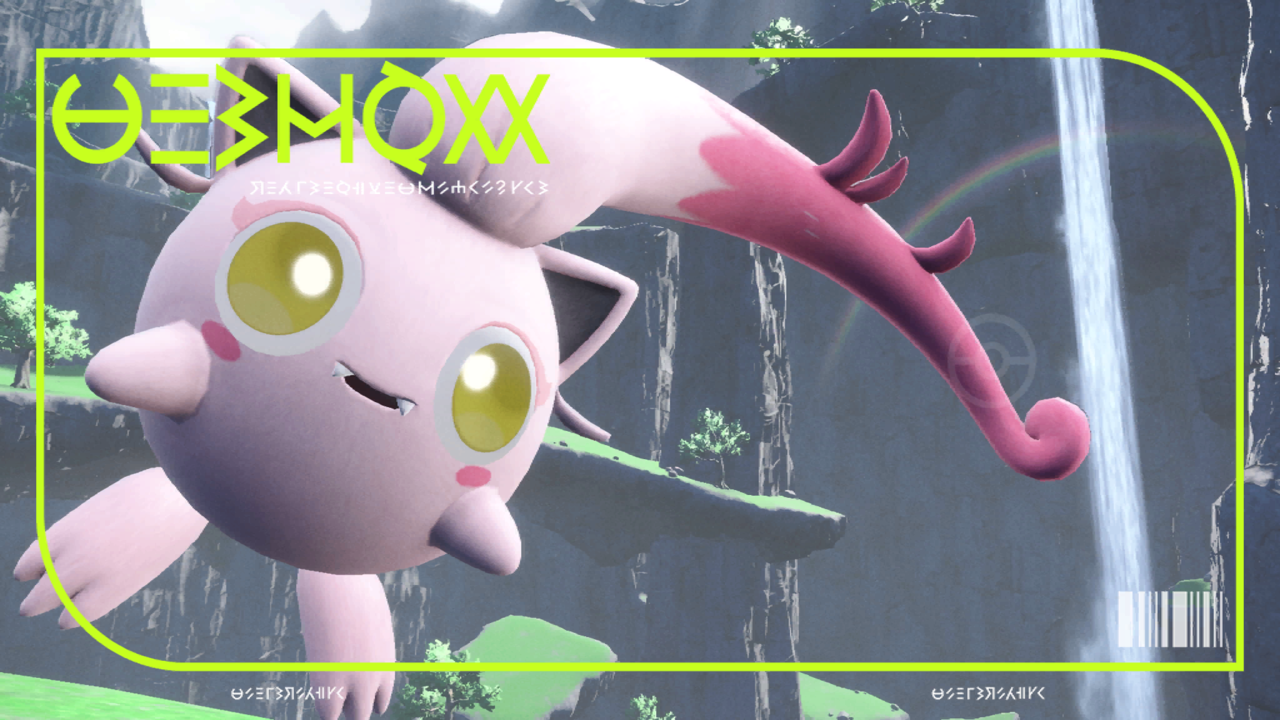
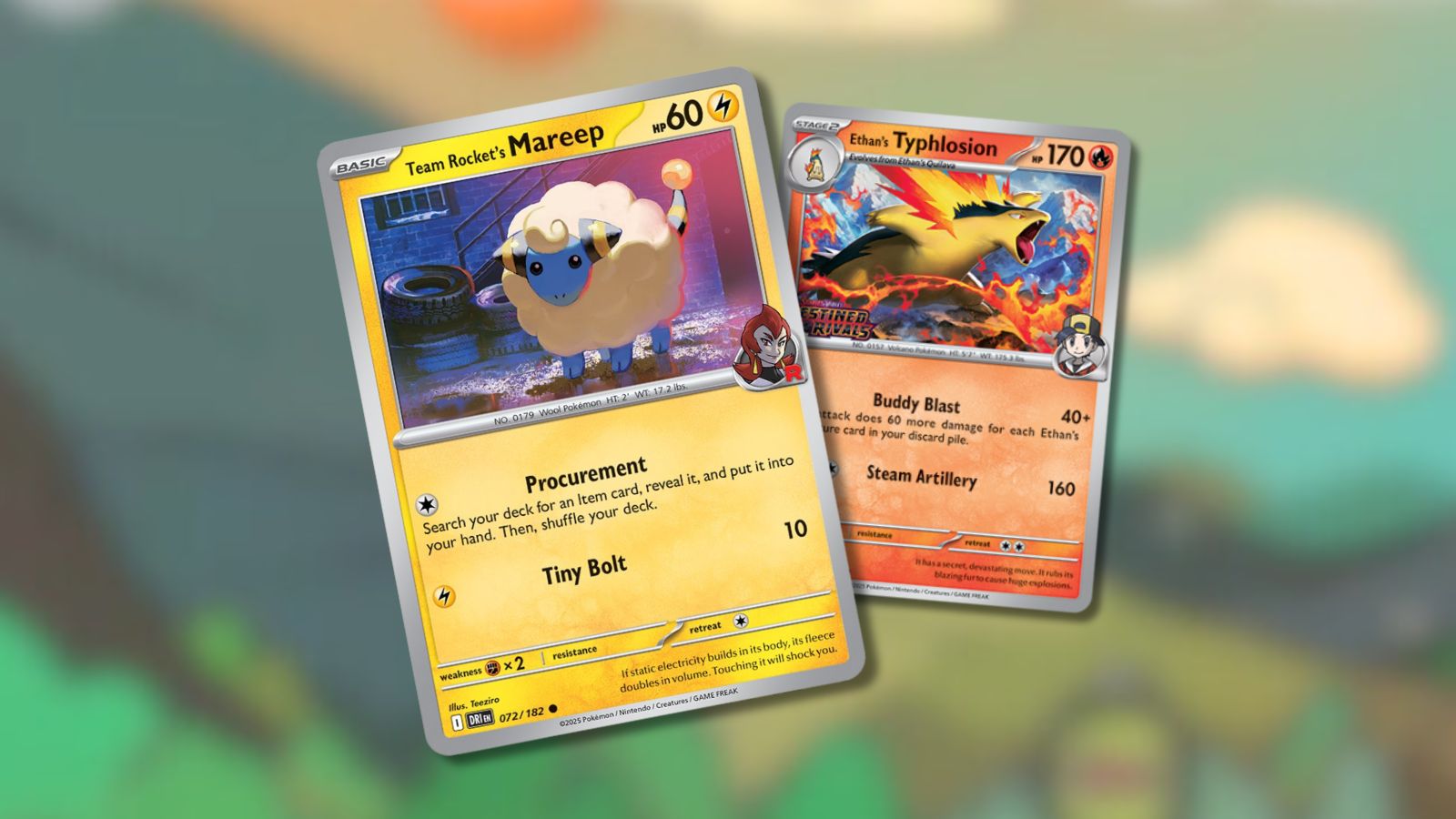
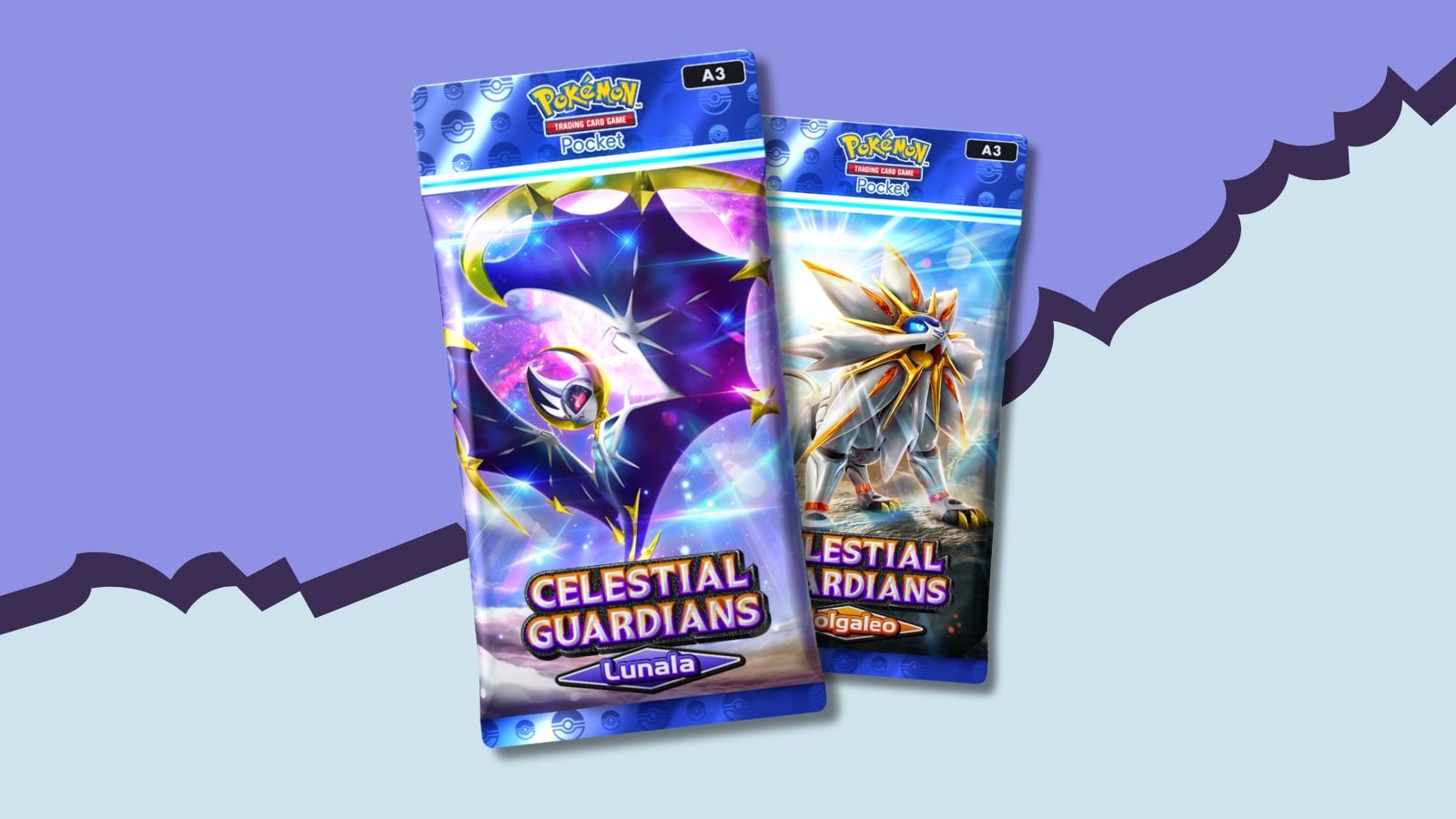
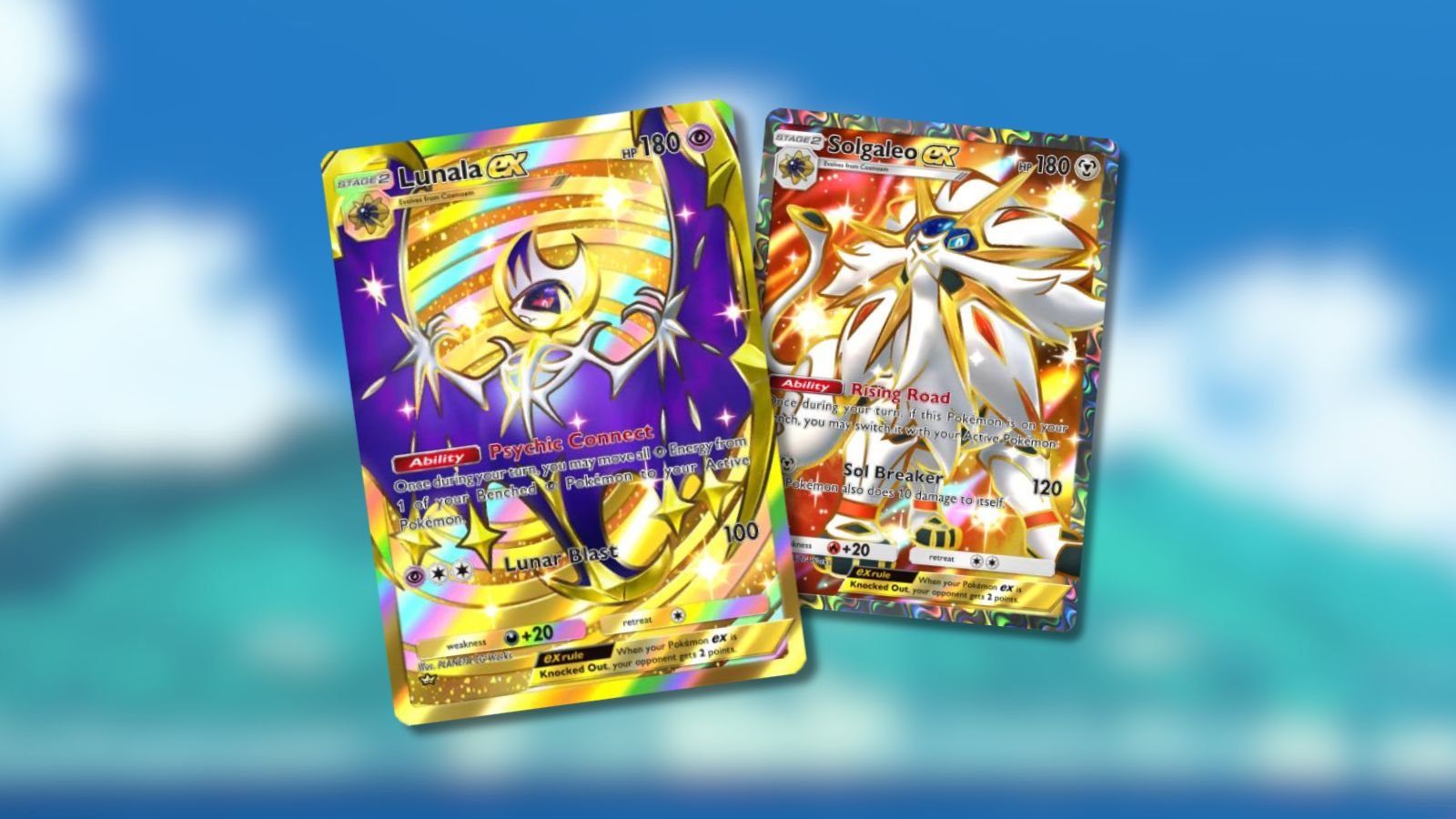
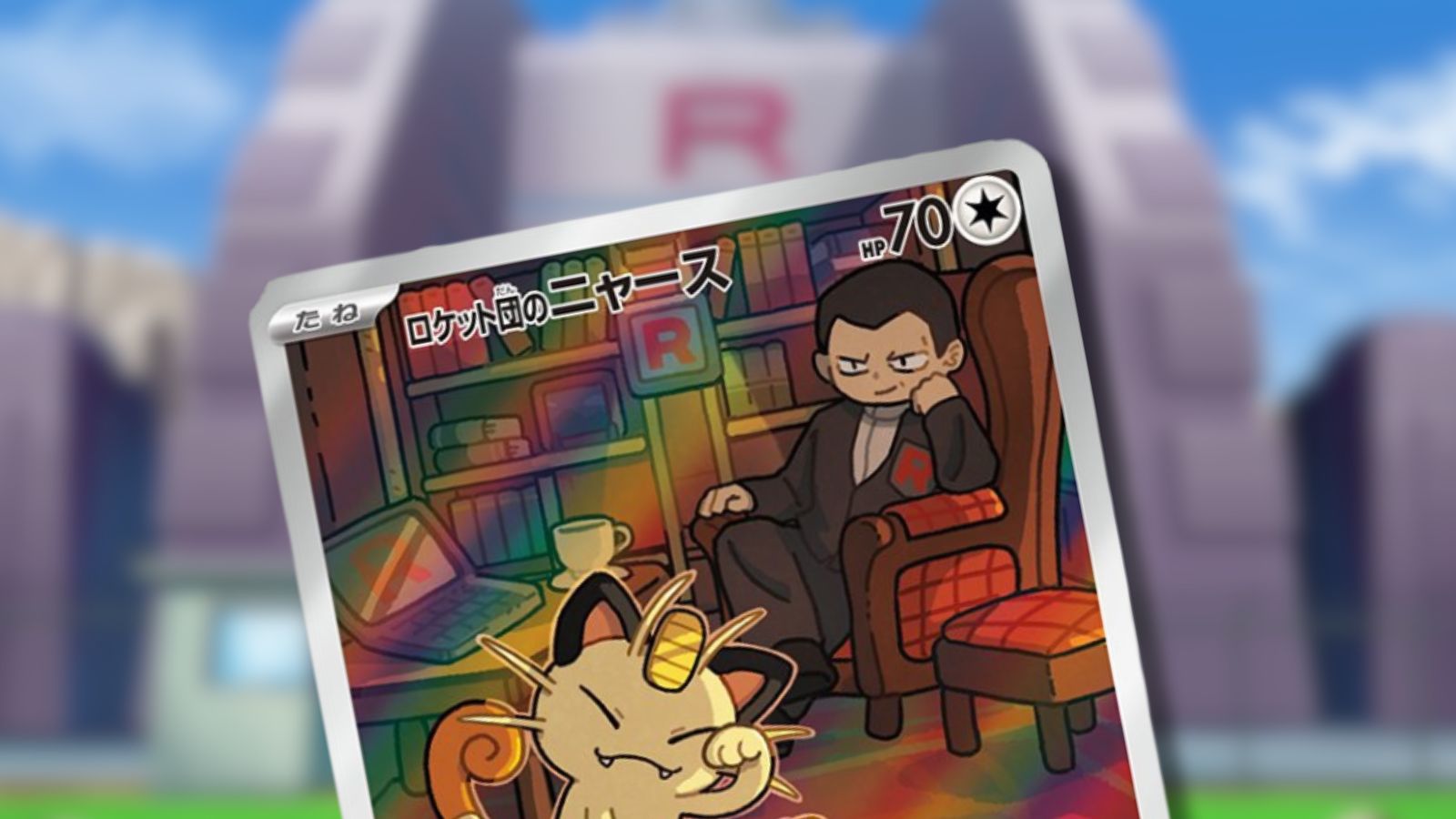
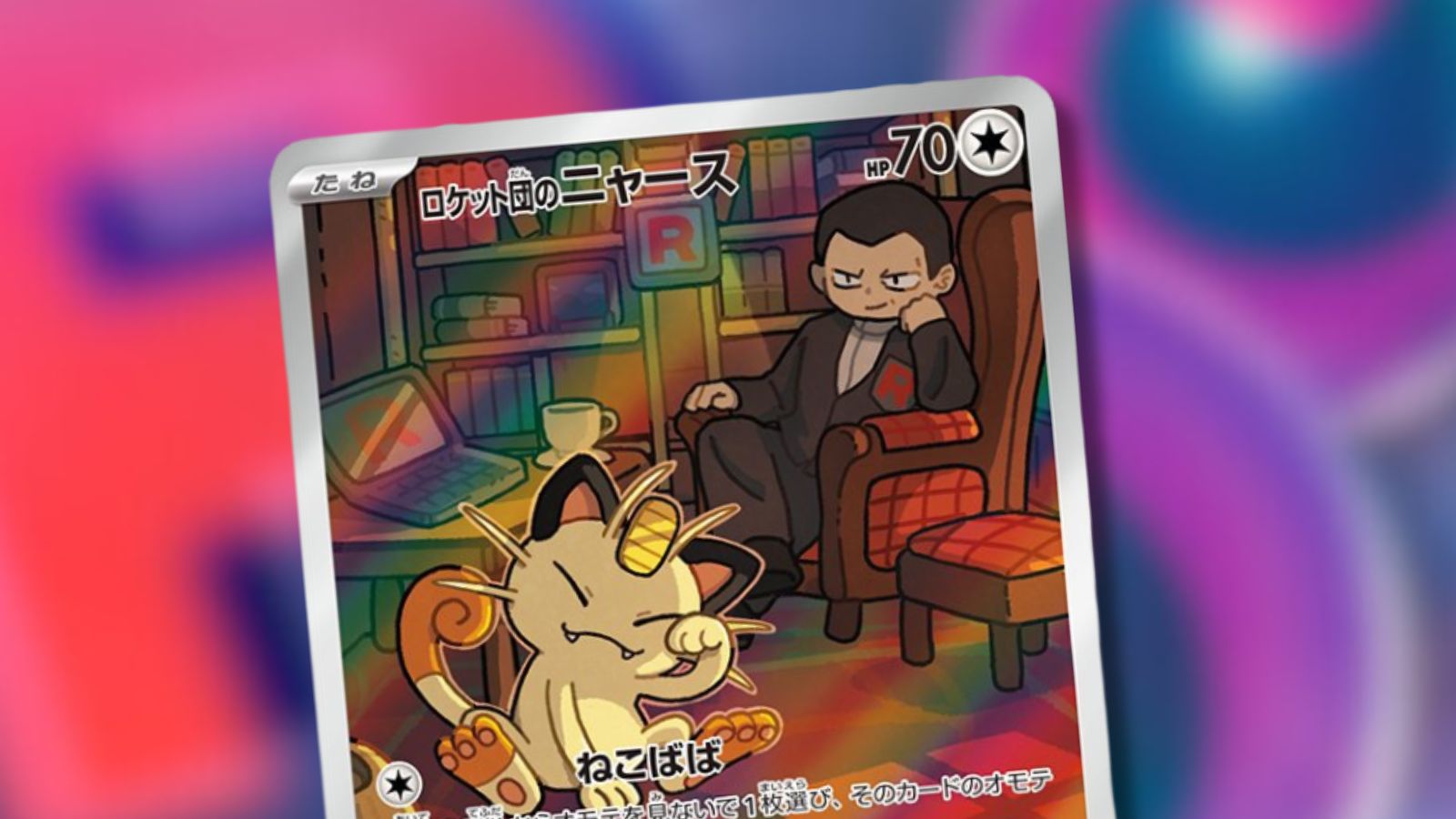
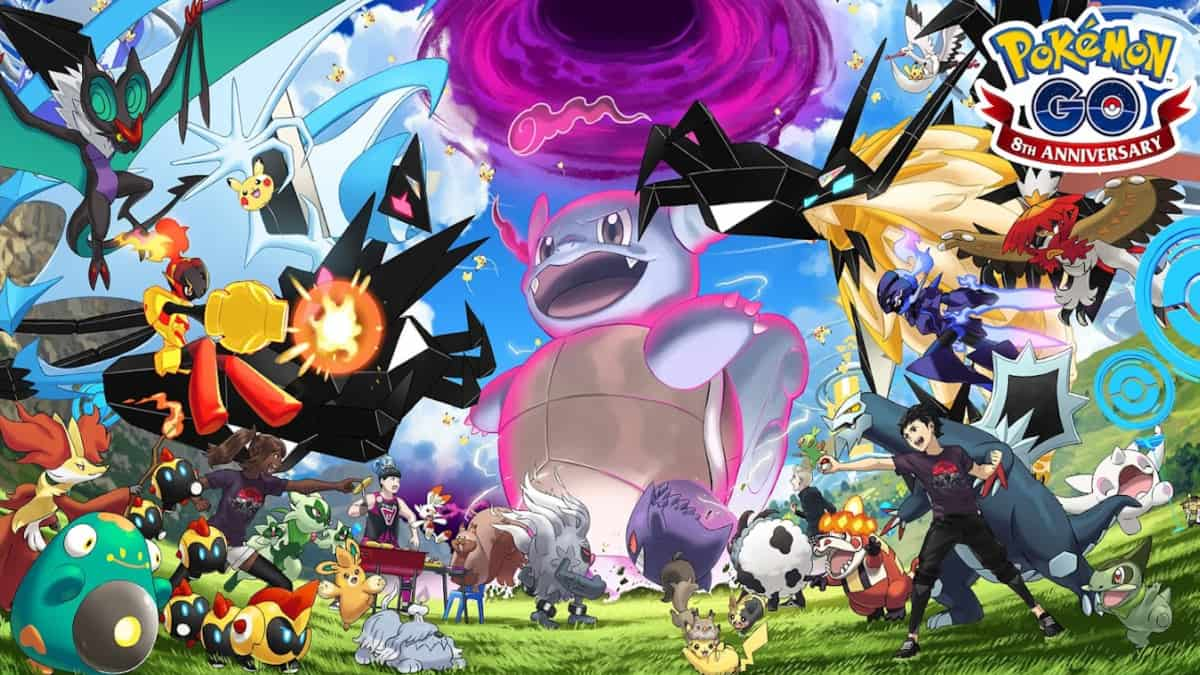
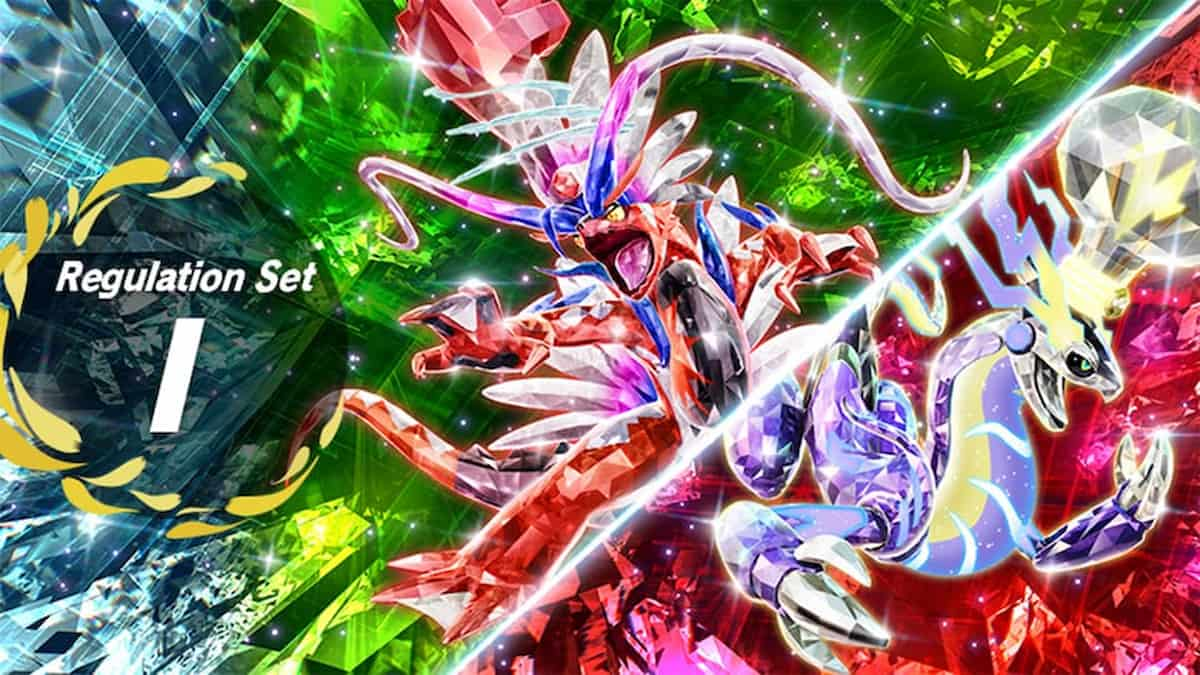
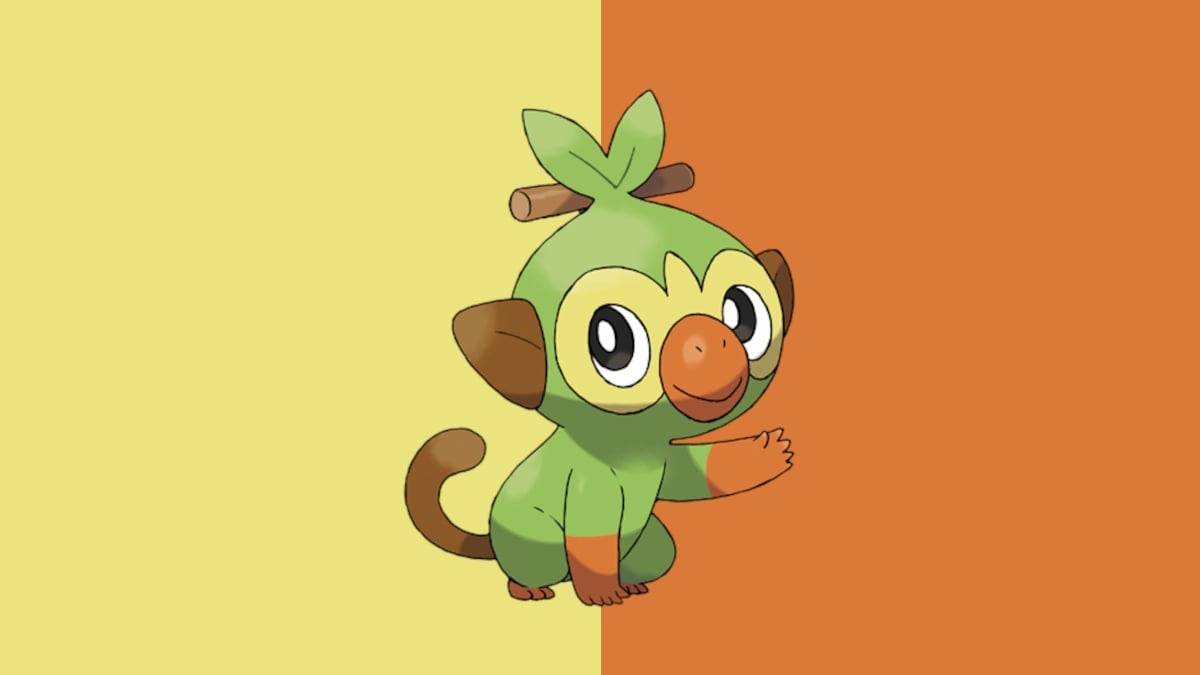
Published: Jan 18, 2023 09:37 am